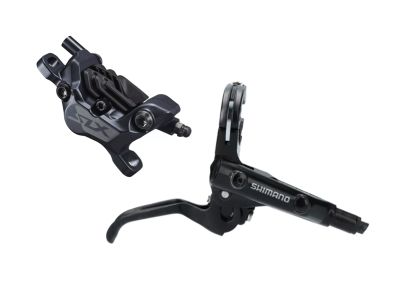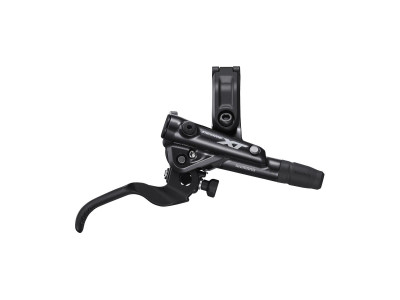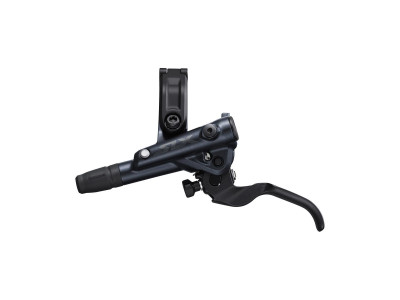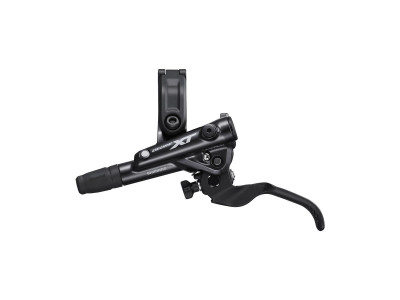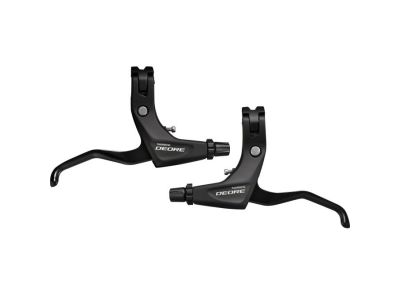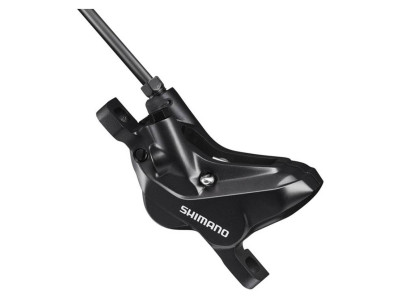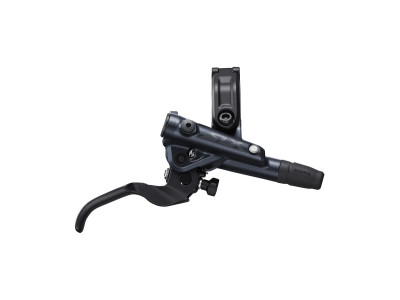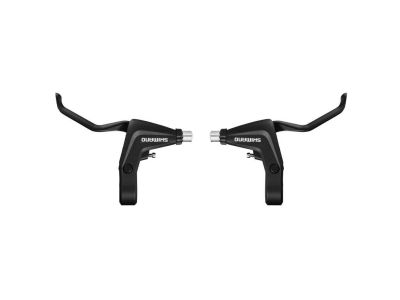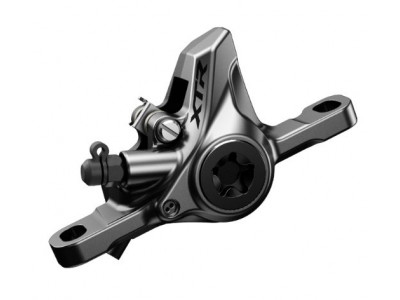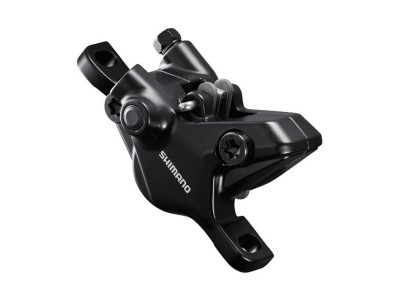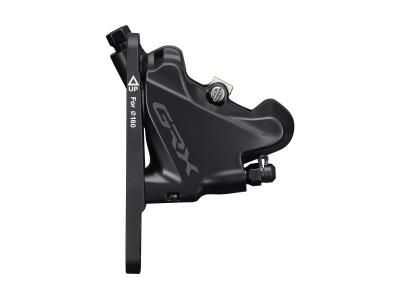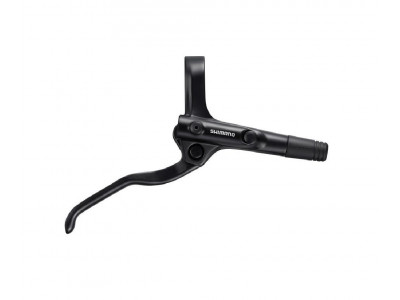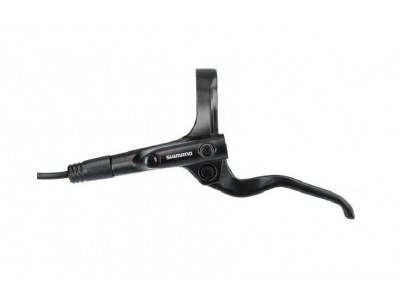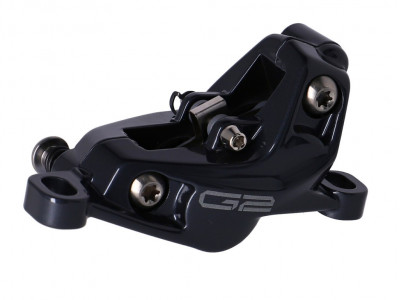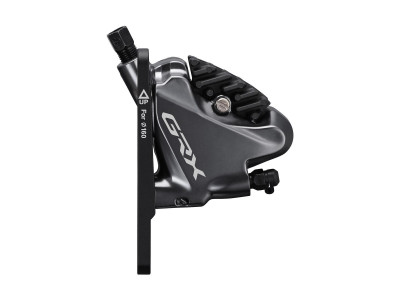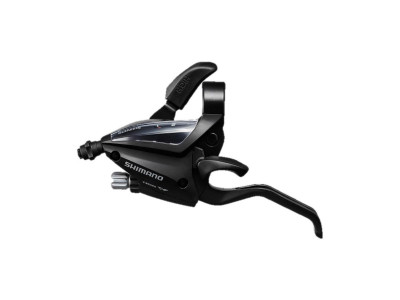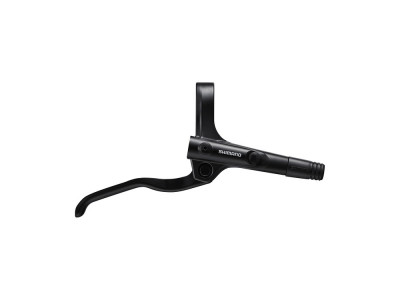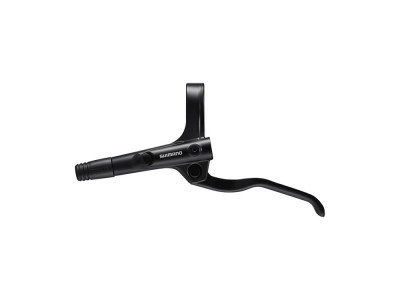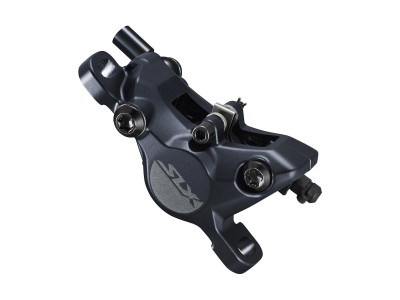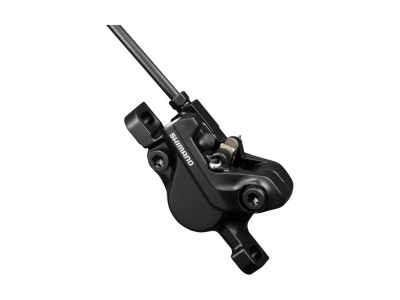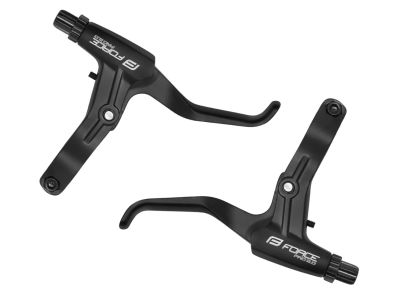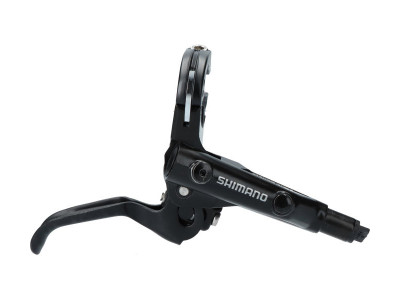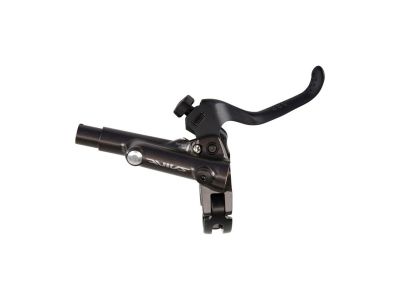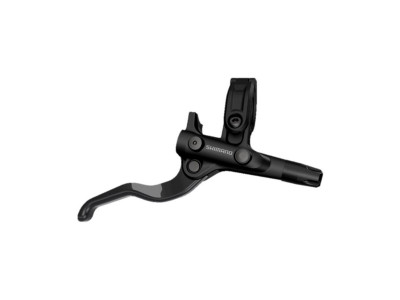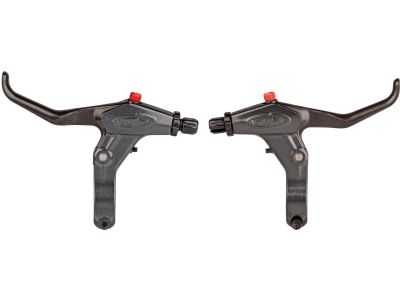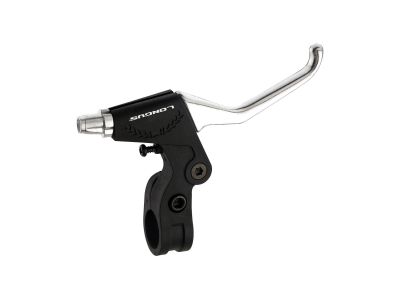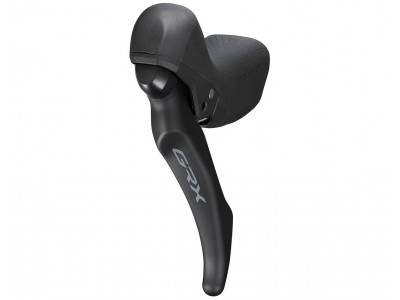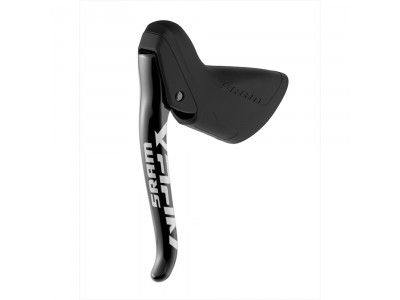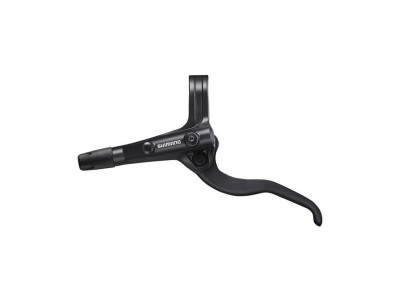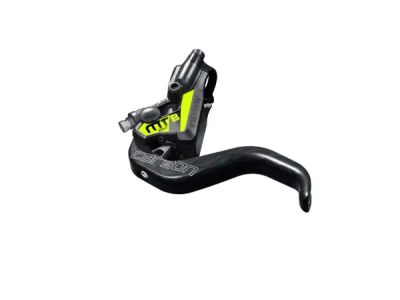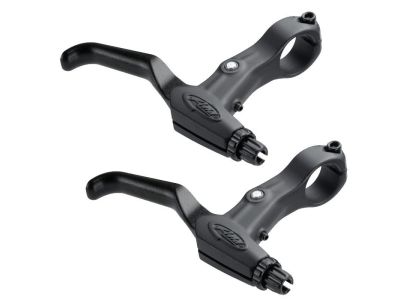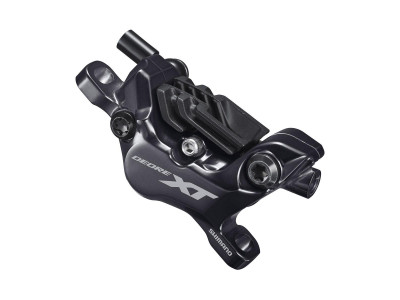
-3% Shimano XT BR-M8120 hydraulic brake caliper, 4-piston + N03A brake pads
80 €
-3%
RRP 125 €
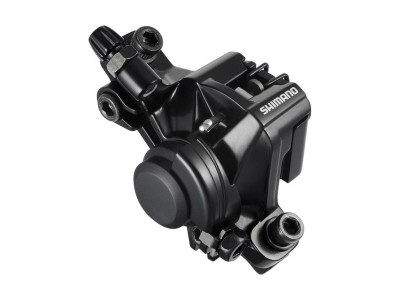
-4% Shimano BR-M375 mechanic brake caliper, Post Mount + pads B01S
23 €
-4%
RRP 41.99 €
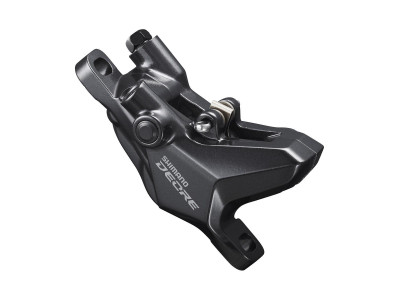
-7% Shimano Deore M6100 hydr. brake caliper, Post Mount + pads G03S
27 €
-7%
RRP 43.99 €

-10% Shimano Deore BR-M6120 hydr. brake caliper, 4-piston, Post Mount + pads D03S
54 €
-10%
RRP 82.99 €
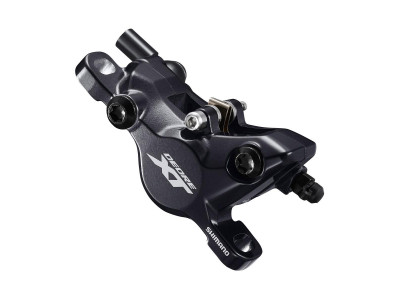
-8% Shimano XT M8100 hydr. brake caliper, Post Mount + pads G03A
35 €
-8%
RRP 68.99 €

-13% Shimano ST-EF500 right shifting/mech. brake lever, 8-sp., with indicator
12.90 €
-13%
RRP 25.99 €

-11% Shimano Deore BL-M6100 hydr. brake lever, left, I-Spec EV
25 €
-11%
RRP 42.99 €
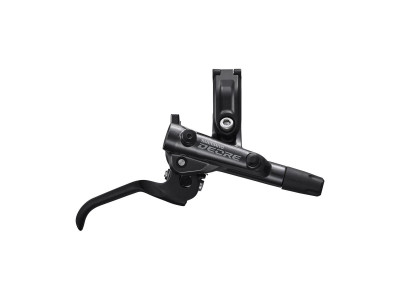
-23% Shimano Deore BL-M6100 hydr. brake lever, right, I-Spec EV
27 €
-23%
RRP 42.99 €
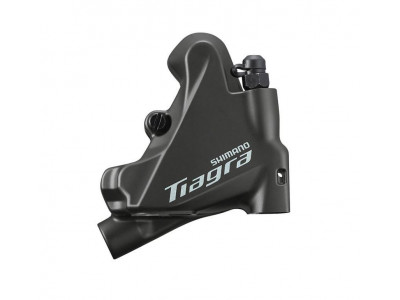
Clearance -44% Shimano Tiagra BR-R4770 hydr. brake calliper, rear, flat mount + pads L03A
34.99 €
-44%
RRP 62.99 €
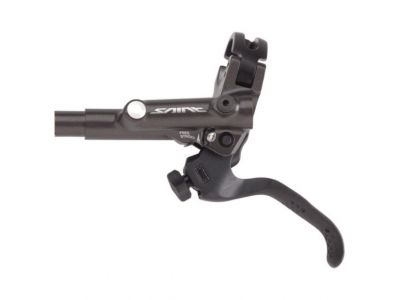
-20% Shimano Saint BL-M820 hydr. brake lever, left, I-Spec B
73.99 €
-20%
RRP 91.99 €

Sale -17% Shimano Deore XT BR-M8120 brake caliper - pads N04C with heatsink
105 €
-17%
RRP 167 €

Shimano Deore BL-M6100 hydraulic brake lever, right, I-Spec EV
30.99 €
RRP 37.99 €

